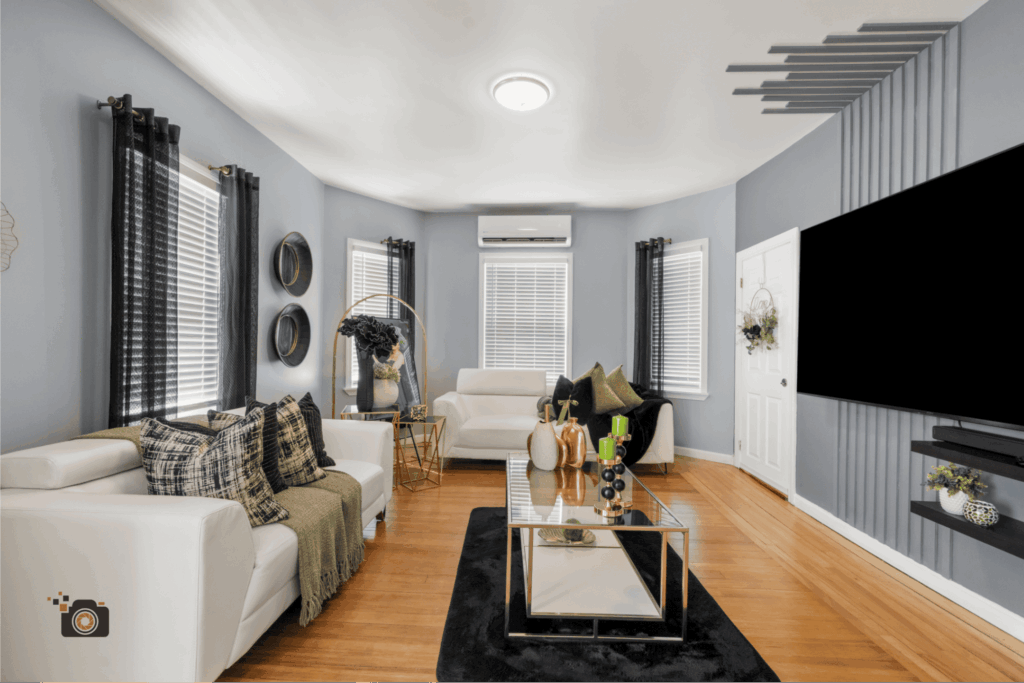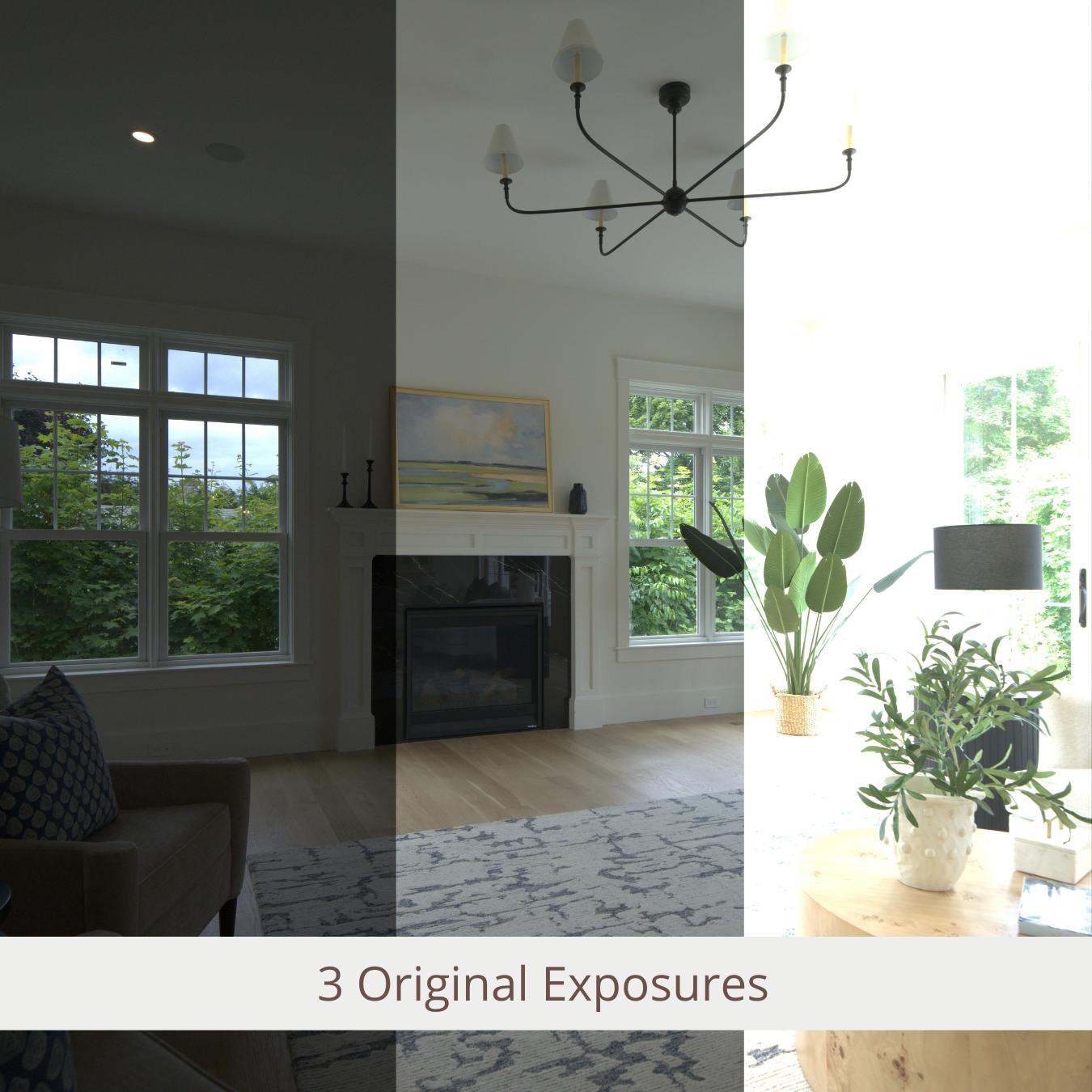In today’s property market, photos matter more than words. Buyers form opinions in seconds. A real estate photo editing company helps realtors gain this advantage. Clean, edited photos lead to faster decisions and stronger interest.
Why Real Estate Images Need Editing
First impressions count. More than 95% of homebuyers start their search online. According to the National Association of Realtors (2024 report), listings with high-quality photos get 118% more views. Without editing, property images can look dull, dark, or cluttered. A professional real estate photo editing company ensures images are bright, balanced, and appealing.
Services Offered by Editing Companies
A real estate photo editing company provides more than simple touch-ups. Services usually include color correction, brightness adjustment, and clutter removal. Some also offer virtual staging, sky replacement, and twilight conversion. These advanced edits help properties stand out in crowded listings. Transitioning from plain photos to polished visuals boosts buyer interest dramatically.
1. Color Correction and Exposure
Colors influence emotions. A well-lit and corrected image conveys warmth and comfort. Poorly balanced photos can discourage buyers immediately.


2. Object Removal
Unwanted objects like trash bins or wires distract viewers. Editors carefully remove these elements without harming photo quality.


3. Virtual Staging
Empty rooms look cold. Virtual staging fills them with digital furniture, making spaces inviting. A 2024 RESA survey showed staged listings sold 73% faster.


4. Sky Replacement
Weather conditions are unpredictable. A gray sky can harm property appeal. Replacing it with a clear blue sky makes the home look welcoming.


5. Floor Plan Redraws
Many editing firms also redraw floor plans digitally. These layouts help buyers visualize the property’s structure clearly.
The Growing Market for Photo Editing
The real estate photo editing industry has grown rapidly. Market Research Future predicted the global photo editing market will reach $1.5 billion by 2028. Demand comes from agents, developers, and online rental platforms. With competition rising, realtors rely on editing companies to maintain an edge.
Why Realtors Choose Specialized Companies
Many agents ask: why not edit photos themselves? The answer is time and expertise. Professional companies use advanced software like Photoshop, Lightroom, and AI-powered tools. Their teams work quickly, often delivering edited photos within 12–24 hours. Agents save time while ensuring high-quality results.
Technology in Modern Editing
Technology has transformed real estate photo editing. Artificial intelligence now automates repetitive tasks. AI can enhance lighting, remove objects, or even suggest staging styles. However, human expertise remains vital. A skilled editor understands local markets, design preferences, and buyer psychology. The blend of AI speed and human creativity sets professional editing apart.
Impact on Sales Performance
Better visuals lead to better sales. Redfin’s 2024 data showed homes with professional photos sold for 47% higher per square foot. Buyers are more likely to visit a property if the listing images look polished. Thus, partnering with a photo editing company is not just aesthetic—it is a sales strategy.
Choosing the Right Editing Partner
Selecting the right real estate photo editing company requires careful thought. Realtors should check turnaround time, pricing, portfolio quality, and customer support. Companies offering flexible packages are more attractive to agents handling different property types. Reviews and testimonials also reveal reliability.
Cost and ROI Considerations
Prices vary depending on complexity. Basic edits cost as little as $1 per image. Virtual staging can range from $25 to $60 per photo. While costs may seem high, the return is significant. Faster sales, higher prices, and improved engagement make photo editing a cost-effective investment.
Future Trends in Photo Editing
Looking ahead, real estate photo editing will continue evolving. Experts predict 3D rendering and immersive tours will grow in demand. Editing companies are also focusing on sustainability—reducing the need for physical staging lowers material waste. Cloud-based platforms allow faster collaboration between realtors and editors. This trend will shape the industry in 2025 and beyond.
Final Thoughts
The real estate market moves quickly. Listings need to attract buyers instantly. A real estate photo editing company ensures every image works hard for agents. With advanced tools, skilled editors, and evolving trends, these services are no longer optional—they are essential. Realtors who invest in professional editing gain more views, more leads, and more sales.
Read more:
How Long Does It Take to Be a Professional Photography Editor?
Mastering Motion: Gimbal Technology for Modern Filmmakers
HDR Real Estate Photo Editing: What It Is and Why It Matters










